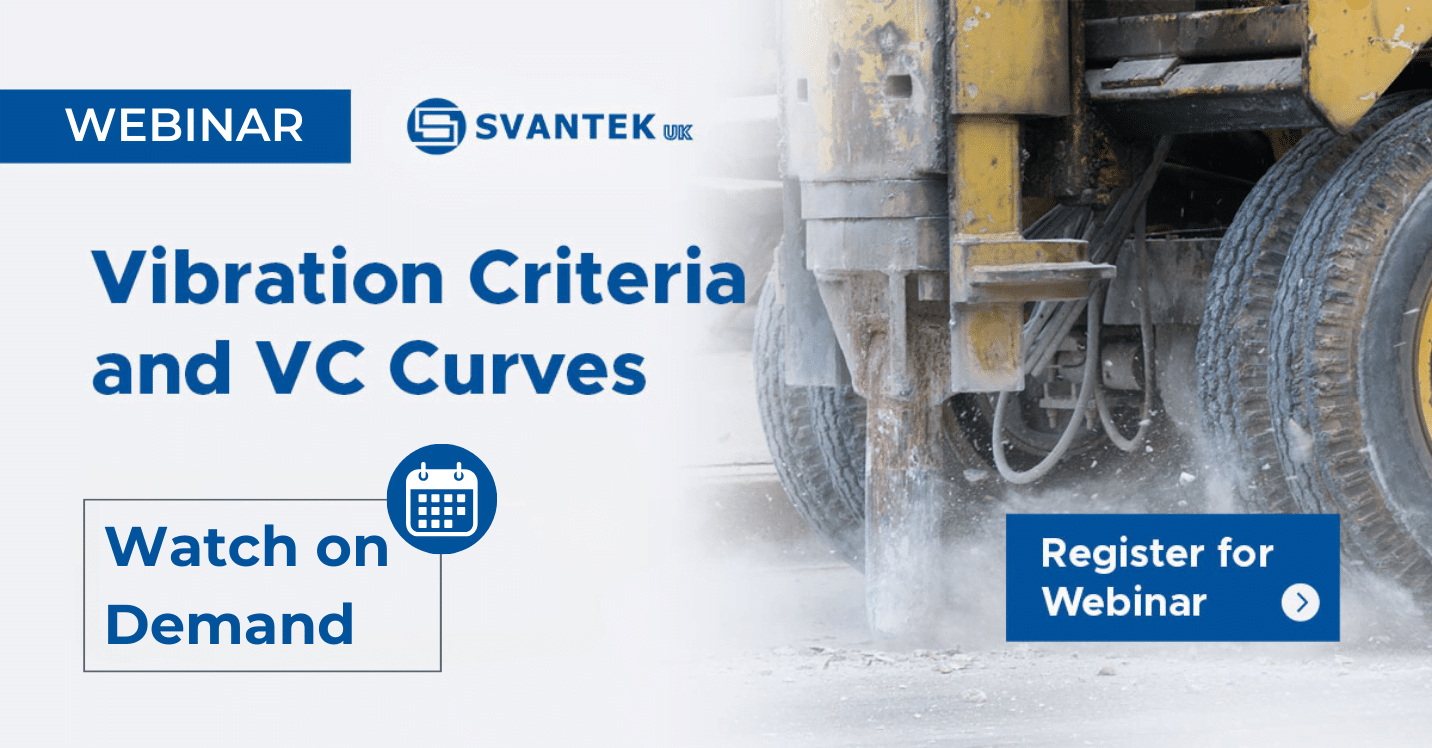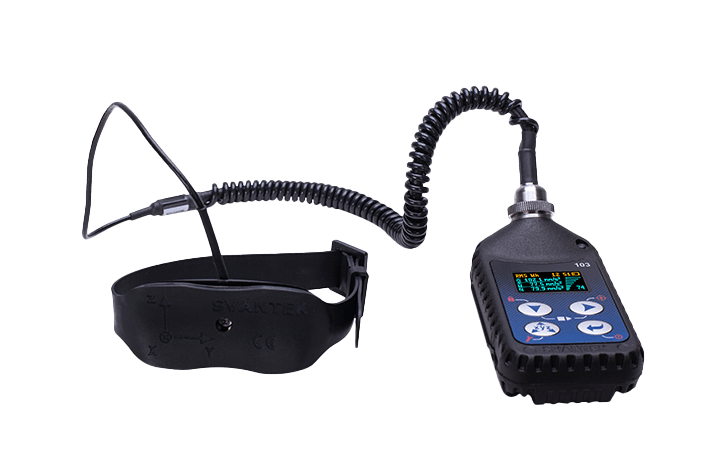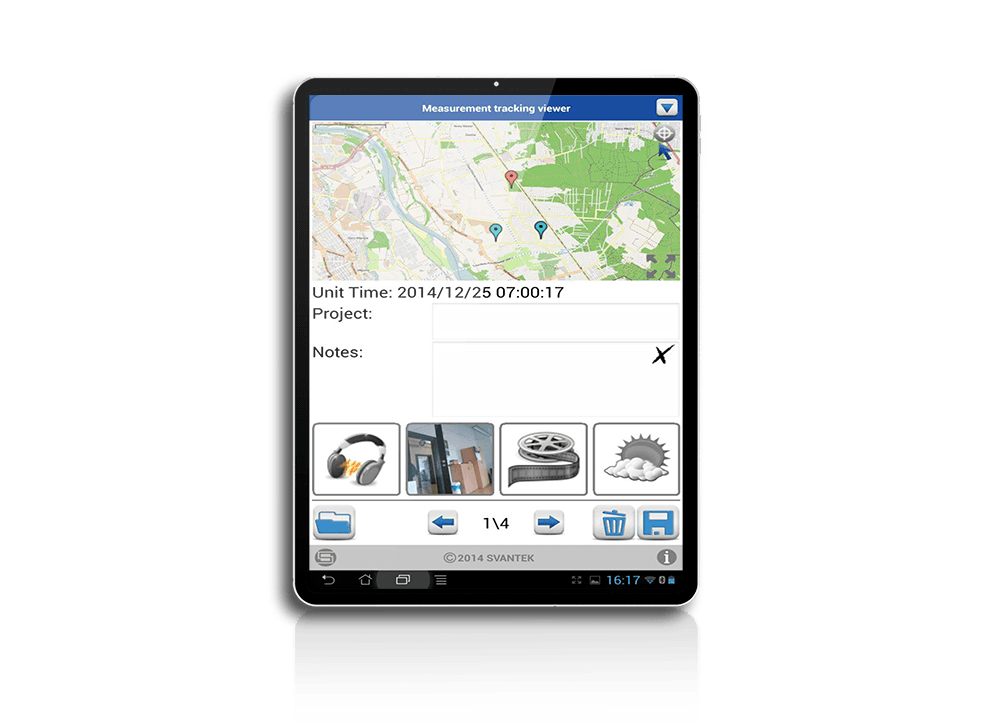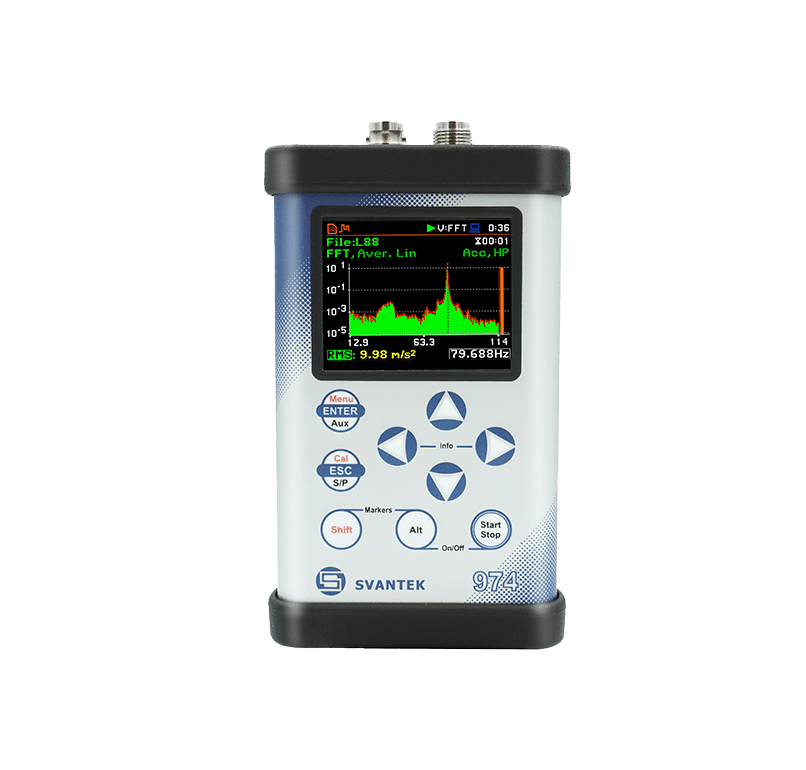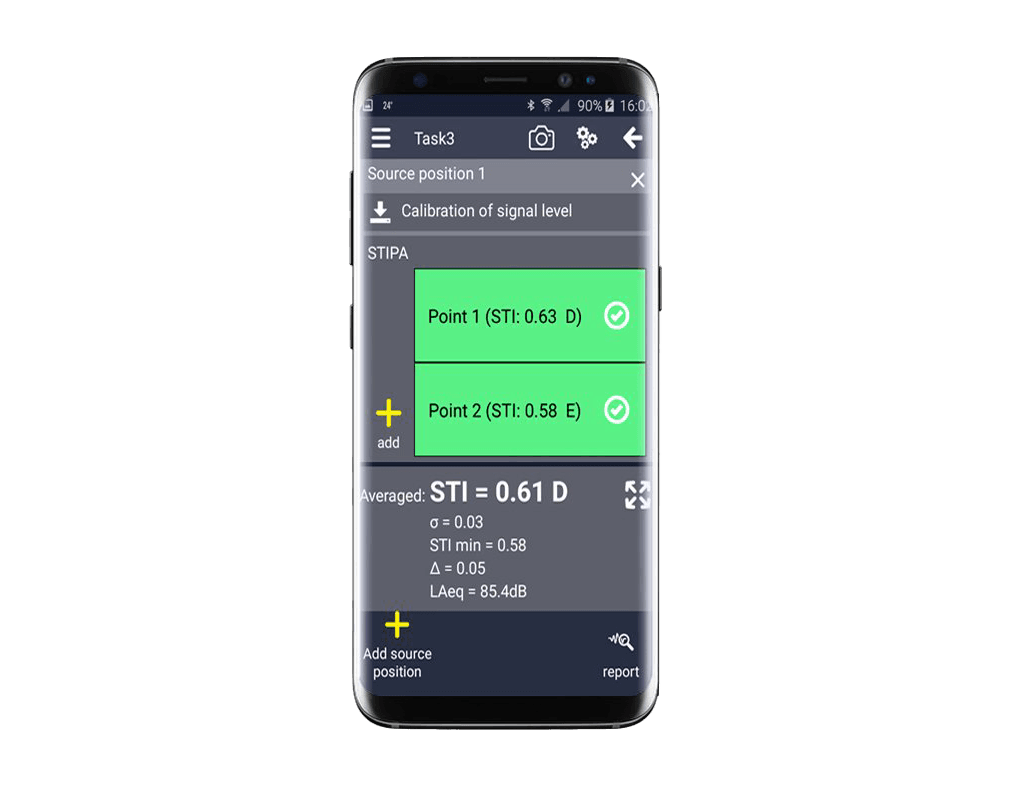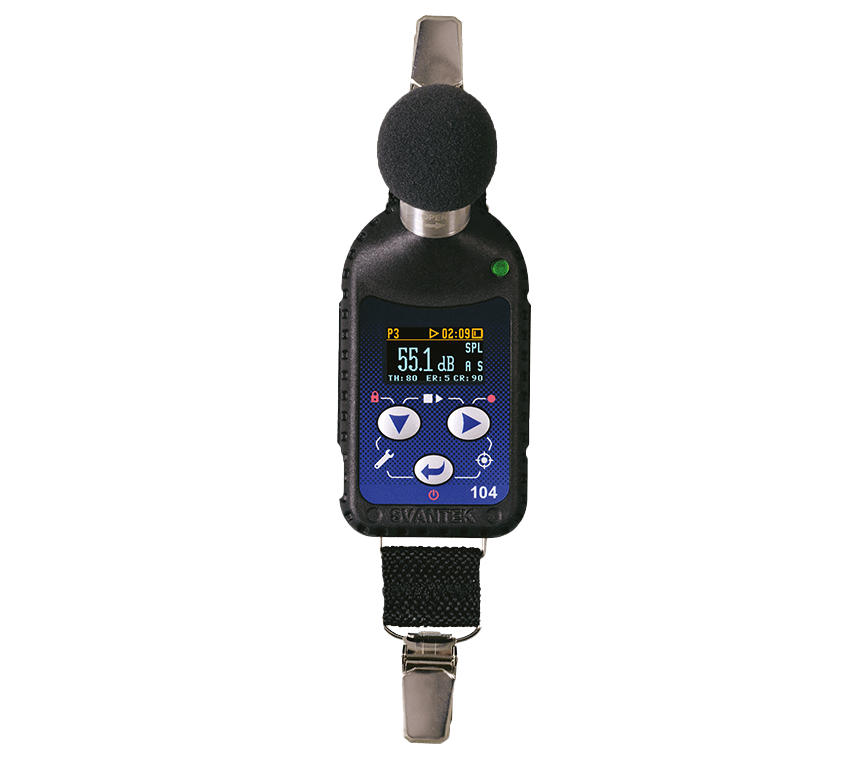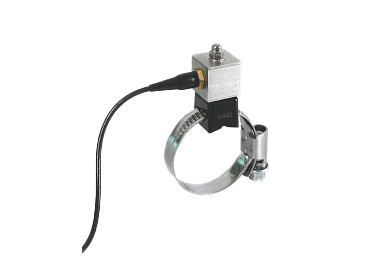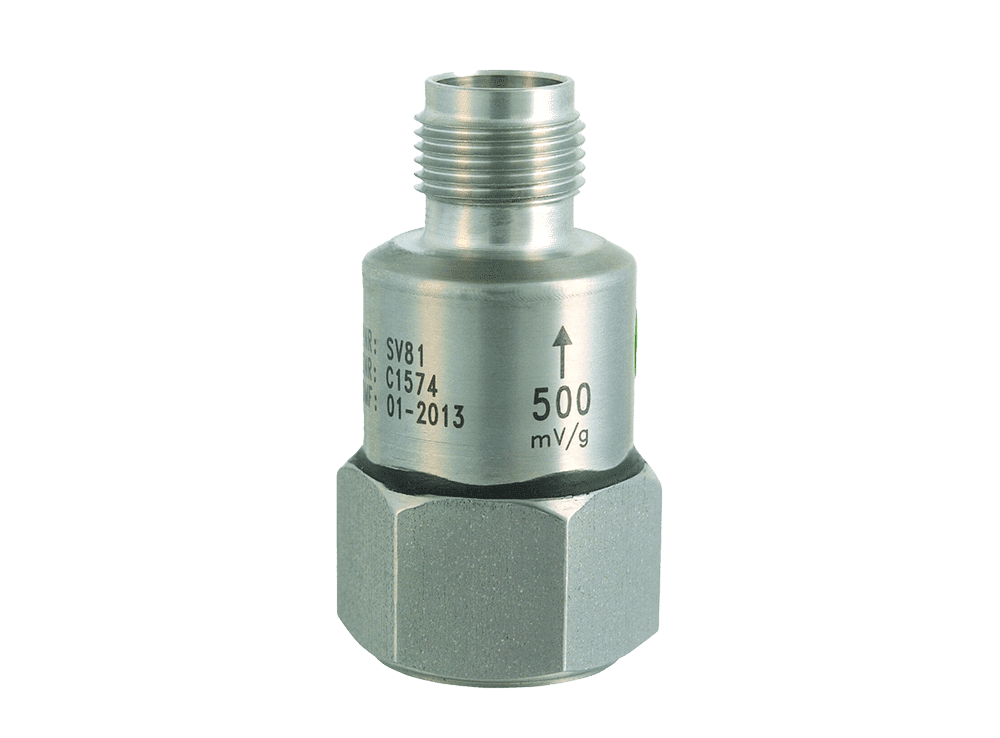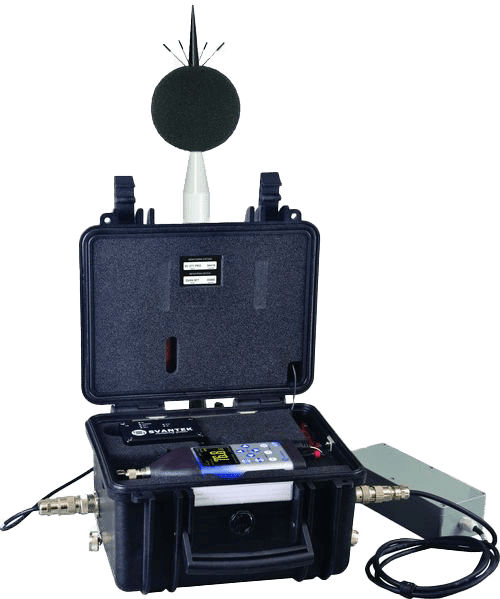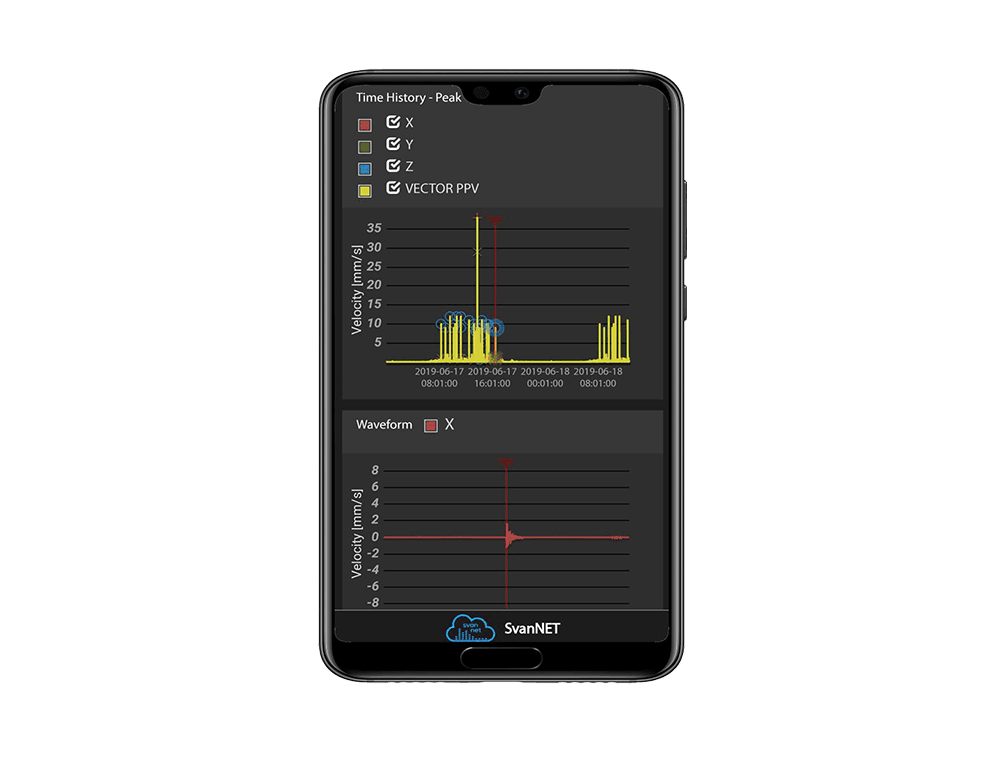With interest building around the subject of vibration criterion, also known as VC curves. We decided to gather together expert speakers, Adam Marczak, Associate Sales Director at Svantek and Martin McNulty, Associate Director at Hoare Lea. To discuss the importance of VC curves, including case studies and how to apply VC curves in practice.
Here at Svantek UK, we have noticed an influx of questions on VC type specifications. Maybe there has been an increase in construction. Maybe it’s HS2. We know that HS2 alone is ramping up specification and requirements for vibration monitoring as this project is creating a massive amount of vibration. Buildings such as hospitals and universities are out there and they’re being passed by new railway tracks, which means they need protection for their sensitive equipment. Equipment such as mass spectrometers and microscopes are all at risk. We’re instrumentation engineers here at Svantek UK, and we wanted to discuss a subject that is both challenging to hardware and consultants alike. The challenge of monitoring vibration over a spectrum with multiple tolerances and alarm points, being able to report on that and being able to monitor it live in the cloud is a new and exciting way of working with VC.
Applications that require VC curves are a perfect example of how consultants and instrumentation manufacturers comes together to create information that can make massive changes to building design and allows for clear and accurate advice, typically delivered by consultants. This webinar is designed to educational and that’s why we’ve chosen two of the best people in the industry to discuss this with you.
In this webinar Adam kicks of the session with a discussion about the VC curves origin story, including why it was developed, what it is, the actual physical quantities that we measure before going onto the applications and case study examples. Martin goes on to review VC curves in practice, which gives viewers a great insight into how you can actually apply these requirements when doing design and vibration control.
We will look at an application scenario. In the US, we will talk about instrumentation requirements because that’s what we, the manufacturers of instrumentation, talk about before I’ll let Martin to talk about the VC curves in practice, which I think is going to give you guys a great insight into how you can actually apply these requirements when doing design and vibration control. So understanding vibration criterion, what it is, why we do it, why do we bother. So before we jump into all of that, it is important to understand why was it really developed.
Watch our VC Curves webinar on demand now.
